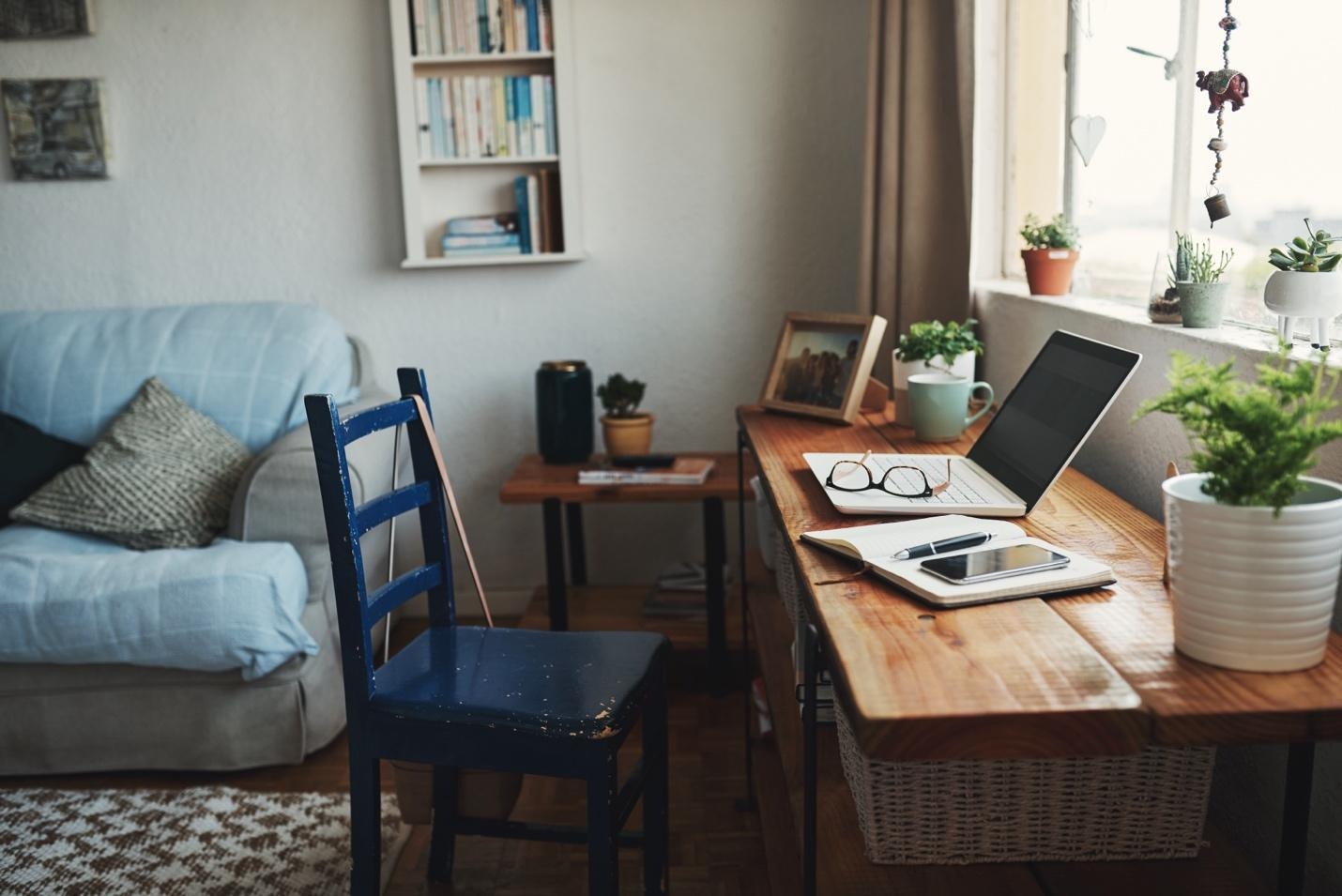
A well-designed home office can transform how we work and live. With more professionals spending time at home, having a dedicated, functional, and comfortable space helps maintain productivity while protecting personal time. The right setup reduces stress, improves focus, and makes it easier to separate work from home life.

Selecting the proper location for a home office is essential. A quiet area with minimal foot traffic reduces distractions and allows for better concentration. Natural light is important, as it supports alertness and overall well-being. If a separate room is not available, consider dividing a section of a living area with screens or furniture to create a visual boundary between work and home life.
Ergonomic furniture protects against strain and injury. An adjustable chair that supports the lower back and a desk at the correct height prevent discomfort during long hours. Monitor placement should keep the screen at eye level, reducing neck and shoulder tension. Investing in quality furniture that balances comfort and function contributes to long-term health and productivity.
Clutter can negatively impact focus. Adequate storage, such as shelves, filing cabinets, and organizers, helps keep essential documents and supplies accessible. Digital organization is also important. Cloud storage and shared drives reduce physical clutter and ensure files are easily retrievable. Keeping both physical and digital workspaces organized helps maintain efficiency and reduces stress.
Reliable technology is crucial for a smooth workflow. A strong internet connection, a high-quality webcam, and a headset improve communication during virtual meetings. Consider cable management solutions to keep cords tidy and reduce visual distractions. Software tools that streamline project management and collaboration can further enhance productivity.
Adding personal touches improves comfort and motivation. Plants, artwork, or family photos can create a pleasant environment without causing distractions. Temperature control and adequate ventilation also influence focus and well-being. Balancing aesthetics and functionality ensures the office feels welcoming while remaining a space for work.
Work/life balance requires clear boundaries. Set regular working hours and communicate them to family or housemates. Designate breaks and step away from the desk during non-work hours. These habits prevent burnout and help preserve personal time. A dedicated office space reinforces these boundaries and makes it easier to transition out of work mode.
Home remodeling can enhance office design. Simple changes, such as adding soundproofing, extra electrical outlets, or improved lighting, can significantly improve usability. Renovations that create a distinct, functional workspace support productivity while maintaining a clear separation from living areas and minimizing household distractions.
A home office that considers location, ergonomics, organization, technology, comfort, and boundaries supports a healthier work/life balance. Even small adjustments can make a significant difference in productivity and overall well-being. Thoughtful design choices, coupled with home remodeling when necessary, ensure that working from home remains efficient and sustainable for the long term. For more tips and tricks on designing a productive home office, feel free to look over the accompanying resource below.

You should prioritise a quiet area with minimal distractions to help you concentrate. The space should also have good natural light, which is known to support alertness and improve your mood throughout the workday.
You can create a dedicated workspace within a larger room. Use physical dividers like screens, bookshelves, or even a strategically placed rug to visually separate your work area from your living space. This helps create a mental boundary.
Ergonomic furniture is designed to support your body correctly, preventing strain and discomfort during long work hours. An adjustable chair, a desk at the right height, and a properly placed monitor contribute to better health and sustained productivity.
Setting firm boundaries is essential. Define your working hours and communicate them to your family or housemates. Make sure to take proper breaks and completely disconnect from work when your day is done to avoid burnout.
Small changes can have a big impact. Consider adding soundproofing to reduce noise, installing better task lighting to prevent eye strain, or adding more electrical outlets to accommodate your technology without creating a mess of cables.